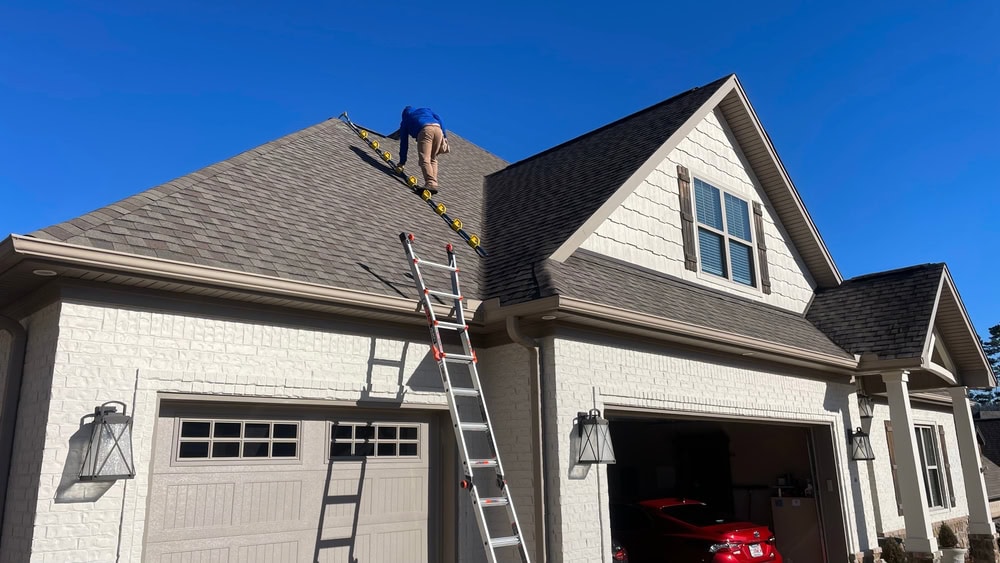What’s Your California Construction Niche? Hot and Not-So-Hot Sectors in 2024
As an aspiring contractor in California, choosing the right construction niche is crucial for success in 2024 and beyond. The Golden State’s diverse landscape, evolving regulations, and shifting market demands present unique opportunities and challenges across various sectors. By understanding the hot and not-so-hot areas, you can make an informed decision and position yourself for … Read more










